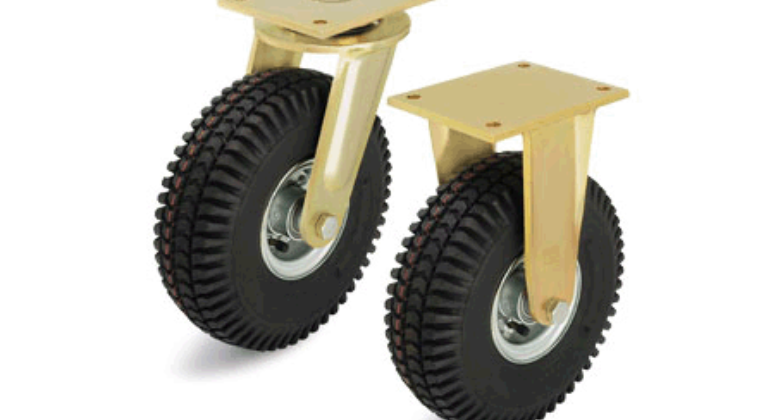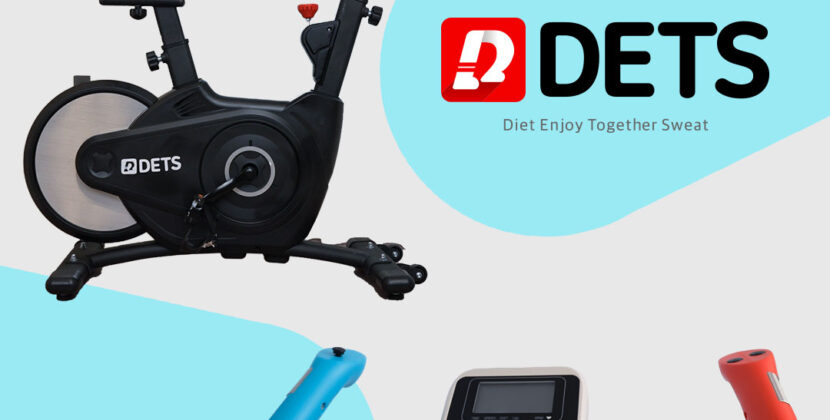
On average, internet users in the US visit over 130 web pages daily.
If your company wants to stand out on the web, you must have a site that stands out. It can be challenging when there are so many sites and websites out there, but you can do it.
Read on to learn about the types of websites to inspire you in building your small business website and become one of the billions of lively websites on the internet.
eCommerce Websites
You use eCommerce websites to sell products or services online, and they need to be able to handle transactions efficiently. These websites must also integrate with other systems to be effective. They must have features in accounting and inventory management.
Building an eCommerce website can be complex, but many platforms and providers can help. Shopify is a popular eCommerce platform allowing businesses to create and manage online stores.
Shopify provides everything businesses need to create a professional eCommerce website. Its features include templates, shopping carts, payment processing, and more. Most CMS offer a range of specialized templates, like a clothing sale website template, that already has containers for product information, CTA, checkout, etc.
Social Media Websites
Businesses can use social media to connect with customers and create a community around your brand. These sites allow users to share content, interact with other users, and stay up-to-date on what’s happening with your company. Businesses should properly utilize social media as it has a lot of users globally.
Building a website can be challenging for new and small businesses. Working with digital advertising companies can offer us web design tips that ensure a successful website. Check out this link as it can offer lots of information and advice on web development you can find here.
Landing Pages
A landing page is a website page that allows you to get your user’s contact information through a lead capture form. The form asks for a visitor’s name, email address, and phone number. Landing pages are a valuable tool for businesses because they allow you to generate leads that the sales or marketing team can follow up with.
Brochure Websites
It is a type of website that promotes a service, product, or business. These types of websites are usually static, as businesses would not need to make changes frequently.
The content on a brochure website is organized into sections, with each team showcasing a different aspect of the business. Brochure websites often include an about us section for testimonials, a section for products or services, and a contact us section.
Portfolio Websites
A portfolio website allows you to showcase your work in a professional and organized manner, and can be a great way to attract new clients and customers. When creating a portfolio website, be sure to include high-quality images and descriptions of your work, as well as your contact information.
Know the Types of Websites Best Suited for Your Business
Businesses need a website that is easy to use, informative, and engaging. Your website should depend on the size and type of business and the products and services offered. A simple guide to different types of websites can help you choose the right one for your company.
Please visit our blog and look for more tips and advice!







